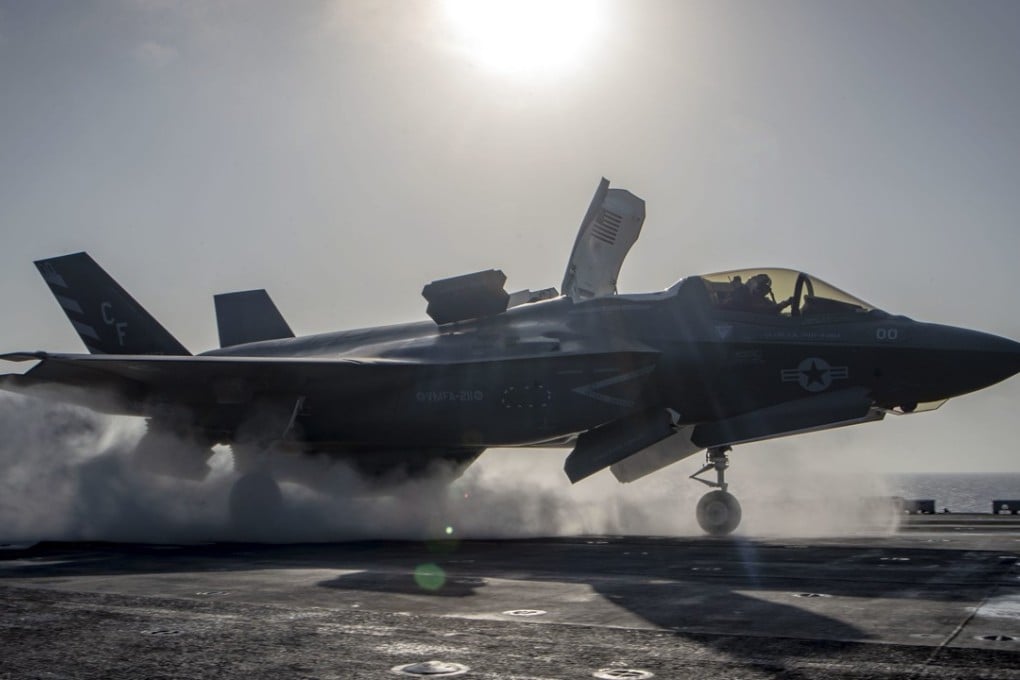Amid China’s increased maritime assertiveness, Japan plans to put fighter jets on its aircraft carriers for the first time since 1945
- Upgrading helicopter carriers to transport warplanes risks being construed as a shift away from the country’s strictly defence-oriented policy

On Tuesday, the country’s ruling parties approved new draft guidelines presented by the government that said Japan will “enable fighter jets to be operated from existing warships, if necessary, to improve the flexibility of their operation”.

However, transforming the Japan Maritime Self-Defence Force warship into an aircraft carrier could draw criticism as it may be construed as a shift away from the country’s strictly defence-oriented policy.
Under Japan’s pacifist constitution, the government has maintained it cannot possess “attack aircraft carriers” as they are among what can be deemed offensive weapons exceeding what is necessary for self-defence.
The ruling Liberal Democratic Party and its coalition partner Komeito Party agreed on Tuesday to draft a statement to make sure the modified Izumo would fall within the scope of Japan’s exclusively defence-oriented policy.